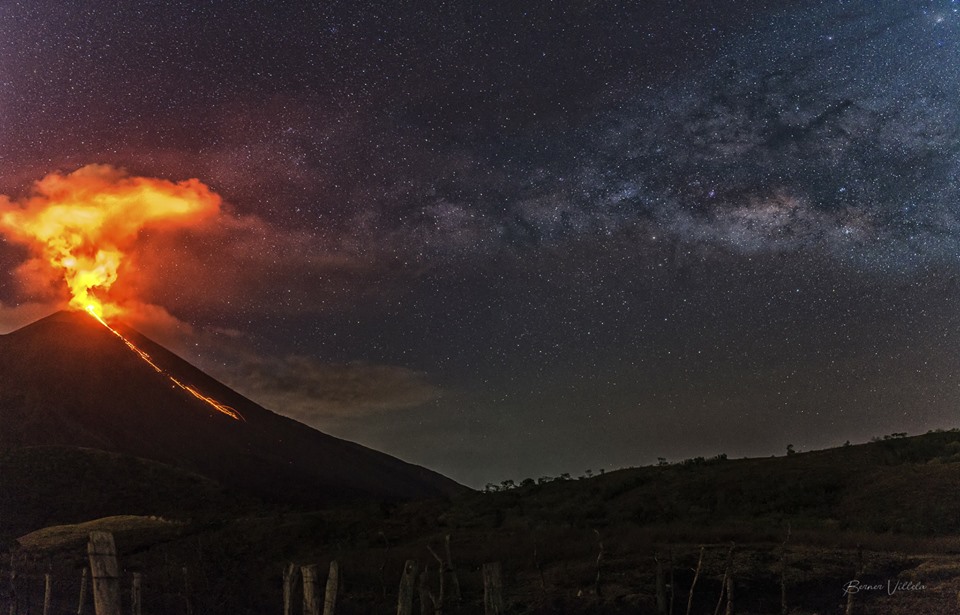
February 22 , 2018.
Mayon , Philippines :
MAYON VOLCANO BULLETIN 22 February 2018 08:00 A.M.
Mayon’s activity in the past 24 hours was characterized by sporadic and lava fountaining, lava flow and degassing from the summit crater. Between 7:34 AM yesterday and 4:06 AM this morning, the seismic network recorded eighty (80) discrete seismic events associated with otherwise obscured lava fountaining that lasted two (2) to forty-nine (49) minutes and were accompanied by rumbling and chugging sounds audible beyond 10 kilometers of the summit crater. Incandescent lava fountains with heights of 100 to 600 meters generated dirty white to gray ash plumes that rose 100 to 800 meters from the summit before drifting west-southwest to southwest. Seven (7) episodes of lava-collapse pyroclastic density current (PDC) events were visually observed between 1:44 PM and 3:05 PM yesterday depositing along Miisi, Basud and Bonga-Buyuan Gullies within two kilometers of the summit crater. Lava flow sustained at 3.3 kilometers, 4.5 kilometers and 900 meters on the Miisi, Bonga and Basud Gullies, respectively, from the summit crater. Pyroclastic density currents or PDCs remained confined within the farthest recorded reaches of 4.6, 5.2 and 4.2 kilometers on the Miisi, Bonga and Basud Gullies, respectively.
A total of one hundred forty-three (143) volcanic earthquakes, corresponding to recharge of magma beneath the edifice and lava fountaining events, were recorded by Mayon’s seismic monitoring network. Sulfur dioxide (SO2) emission was measured at an average of 4,273 tonnes/day on 21 February 2018. Electronic tilt and continuous GPS still record sustained swelling or inflation of the edifice since November and October 2017, consistent with pressurization by magmatic intrusion.
Alert Level 4 still remains in effect over Mayon Volcano. The public is strongly advised to be vigilant and desist from entering the eight (8) kilometer-radius danger zone, and to be additionally vigilant against pyroclastic density currents, lahars and sediment-laden stream flows along channels draining the edifice. Civil aviation authorities must also advise pilots to avoid flying close to the volcano’s summit as ash from any sudden eruption can be hazardous to aircraft.
DOST-PHIVOLCS maintains close monitoring of Mayon Volcano and any new development will be communicated to all concerned stakeholders.
Source : Phivolcs
San Miguel ( Chaparrastique) , El Salvador :
Special Report No. 1
Small emission of gas and ash on the Chaparrastique volcano. Date and time of publication: 2018-02-19 13:20:00.
This day at 08:00 (19 February 2018) the Chaparrastic volcano initiated a sustained degassing process, with low ash emissions. The plume did not exceed 350 meters above the crater and was moved by the winds in the southwestern direction of the crater. A similar activity occurred on January 14 and 15, 2018.
The local observer network reports sulfur odors in the La Piedra farm and ashes fall into the crater area, indicating that the emitted material has been deposited in the upper part of the volcano.
Figure 1. Degassing phases observed between 8:00 am and 11:00 am today, Monday, February 19th.
In the last 24 hours, the seismic vibration of the volcano has remained between 69 and 154 RSAM units, with an average of 91 units, while the normal is 150 units. Low magnitude discrete earthquakes and changes in seismic vibrations are associated with the movement of magmatic gases within the volcano (Figure 2).
Figure 2. Evolution of the seismic vibration of the Chaparrastic volcano associated with gas and ash emissions
The MARN continues the systematic monitoring of the volcano and maintains close communication with the Directorate General of Civil Protection and local observers; It also calls for tourists and mountaineers to stay away from the top of the volcano due to sudden changes in activity that often occur.
Source : Snet
Pacaya , Guatemala :
Type of activity: Strombolienne
Morphology: Composite Stratovolcan
Location: 14 ° 22’50˝Latitude N; 90 ° 36’00˝Longitude W.
Height: 2,552msnm.
Weather conditions: Claires
Wind: west. Precipitation: 0.0 mm.
Activity:
We observe the persistence of a white / blue fumarole that moves towards the southeast of the volcano. Low strombolian explosions are maintained at an altitude of 30 meters above the Mackenney crater, on the southwest flank where a 150-meter-long lava flow is maintained. At night, it is possible to observe the incandescence in the crater. The PCG seismic station records the internal tremor (vibration) due to degassing.
Source : Insivumeh
Photo : Berner Villela
Turrialba , Irazú , Poas , Rincon de la Vieja , Costa Rica :
Report on the state of Turrialba, Poás, Irazú and Rincón de la Vieja volcanoes in the last 24 hours, updated 19 February 2018 at 13:00.
Turrialba Volcano:
Over the last 24 hours, the Turrialba volcano maintains a continuous emission of water vapor and gas at high temperatures, as well as very fine aerosols passively (non-explosively) at about 100/200 m above the crater Where is. Incandescence continues to be present in the western crater due to the release of gases at high temperatures (600-700 ° C) and the color of the rocks that form the walls of the interior of the crater.
The level of seismic activity remained very low and consisted mainly of discrete LP type earthquakes (long period) related to the movement of fluids in cracks and cavities inside the volcanic massif and degassing through fumaroles.
Following the constant emission of volcanic ash during the first half of February 2018, residents of El Pizote in Dulce Nombre de Tres Rios reported a significant amount of ash transported in the aqueduct of water of the AyA channel on February 15th. The ash of Turrialba is acidic in nature with a pH of about 3.5, due to the ionic acidity of magmatic origin which is adsorbed on the surface of these, therefore, they can affect the quality of the water and the environment in general. Since February 16 and today February 19, the emission of ash remained very weak and very sporadic. The prevailing winds directed the plume mainly to the northwest and west-southwest. Small falls of ash are reported in Guadalupe and the smell of sulfur in Guadalupe and Sabanilla de Montes de Oca.
On February 17, 2018, gas ratios showed a significant jump in the ratio of CO2 / SO2 gases = 6.7, followed by a decrease in ratios, CO2 / SO2 = 2.5 (as of February 19, 2018), suggesting the rise of a body of fresh magma from a relatively deep level to the surface.
Irazú Volcano:
The new lake that forms and develops in the main crater of the Irazú volcano (diameter 800 m and depth 270 m, estimated since El Mirador) since September 2017, has now in February 2018 a depth and a volume of water estimated at 190 000 m3 (190 x 106 liters). During a month, between January and February 2018, the lake level increased by 1 meter.
At present, no thermal anomaly or significant gas emission is observed at the bottom of the crater or in the lake. The lake has a bright green color.
Poas Volcano:
No ash emission is detected or observed, only escaping steam and fumarolic gases of moderate temperatures (about 100 ° C or more) through the aerial and underwater fumaroles present in the bottom and on the bank the new Acid Crater Lake that began to form in mid-January 2018. The lake has a moderate reduction in level and evaporation on its surface, mainly in the central region and around Boca B (Fumarola Azufrada), currently under water.
The level of activity is very low, seismographs generally record signals related to the hydrothermal fumarolic activity and from environmental factors (wind, rain, vibrations, anthropogenic activities).
Rincón de la Vieja Volcano:
The seismic activity is weak and the signals recorded by the seismographs are associated with the environmental noise. No hydrothermal explosion was recorded or observed in the active Rincon crater.
Source : Ovsicori
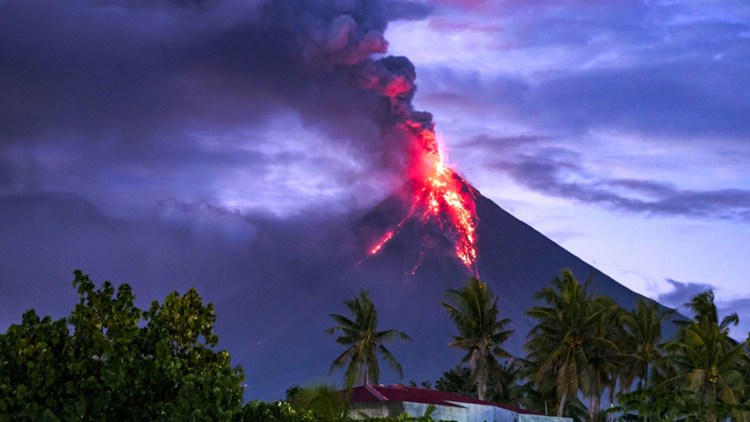
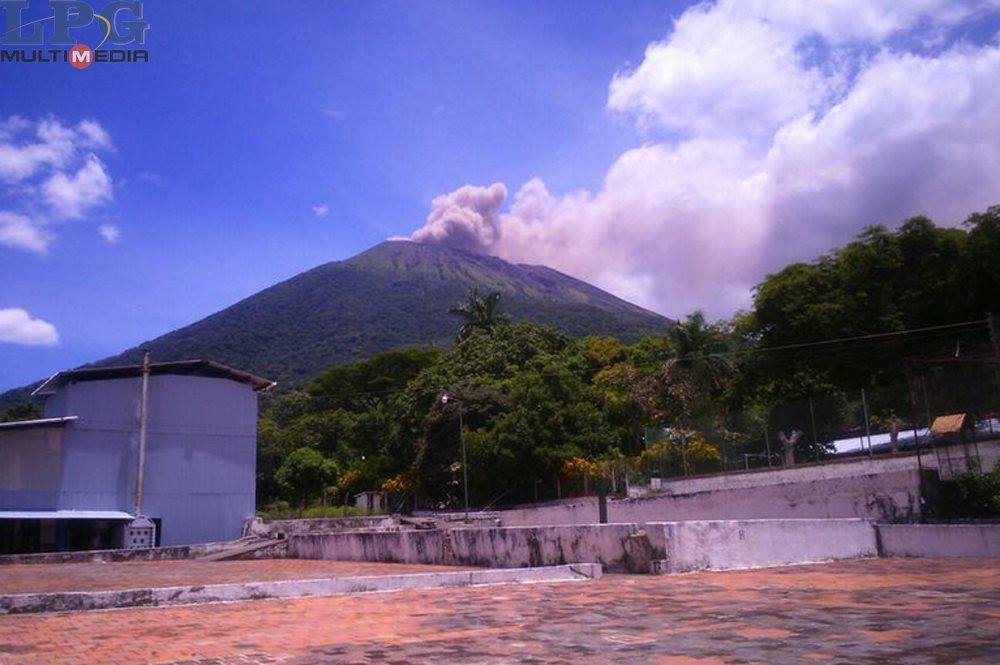
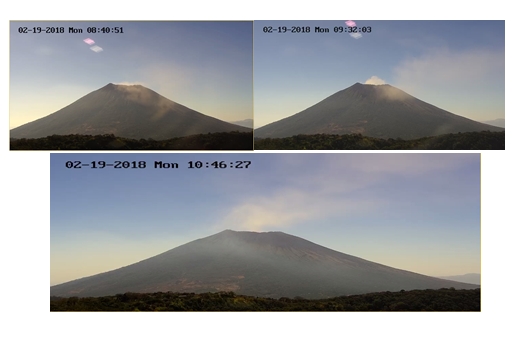

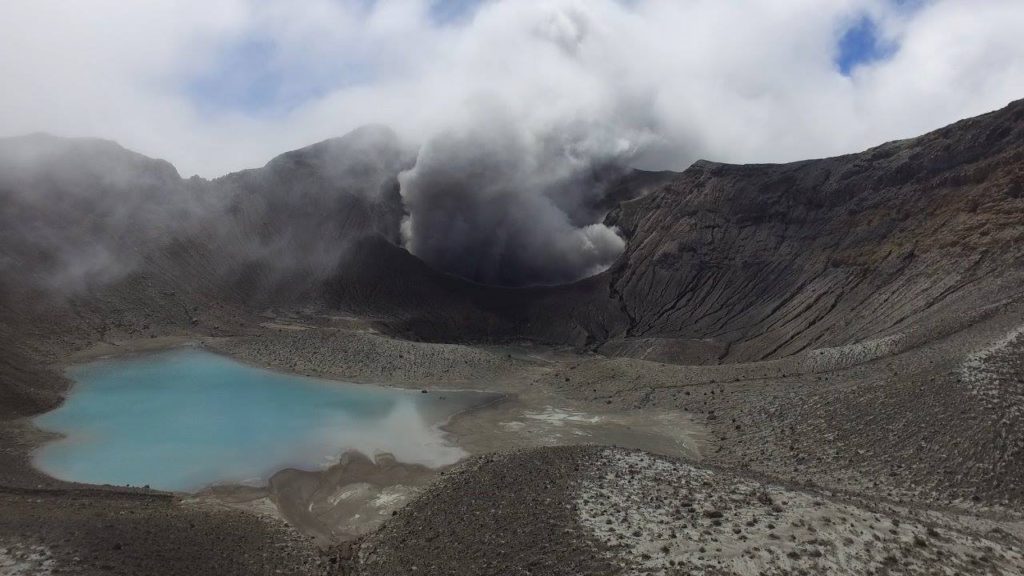
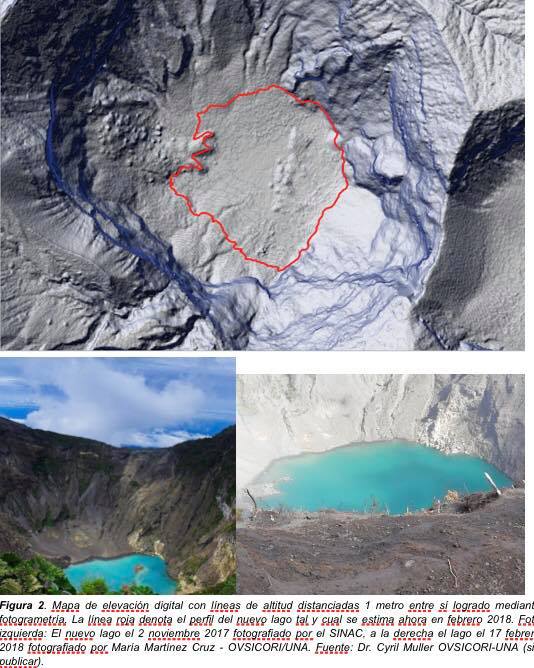


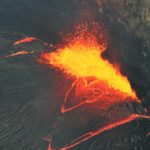
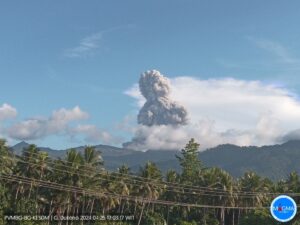

No comment yet, add your voice below!